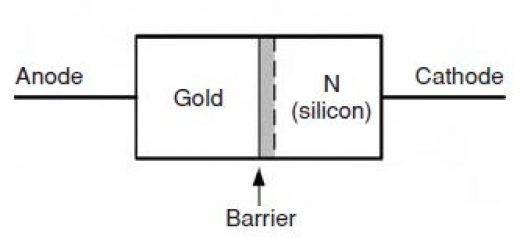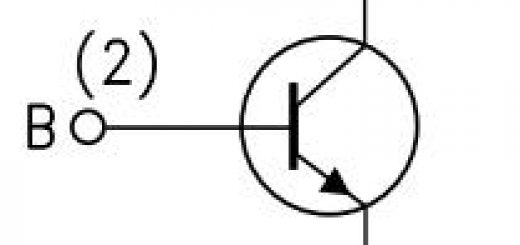Types of Oscillator Circuits - Basics, Conditions, Block Diagram
Types of Oscillator Circuits
In this short post, let us discuss about block diagram of the oscillators, various conditions to me for sustained oscillation, various types of oscillator circuits...
Oscillators - Definition
Any circuit which is used to generate ac voltage without ac input signal is called an oscillator.
The oscillator circuit is received energy from a DC source to generate AC voltage.
Classification of Oscillators:
What are the various types of Oscillator Circuits?
The oscillator circuits are classified in the following different ways.
[1] Based on the wave forms generated:
(a) Sinusoidal oscillator
(b) Relaxation oscillator
Sinusoidal Oscillator:
If the output voltage of the oscillator circuit is a sine wave function of time, the oscillator is called as a Sinusoidal oscillator or Harmonic oscillator.
Relaxation Oscillator:
This category of oscillator generates voltages or currents which vary abruptly one or more times in a cycle of oscillation.
ie, they generate non-sinusoidal wave forms such as square, rectangular, triangular or saw-tooth waveforms.
[2] Based on the fundamental mechanisms involved:
(a) negative resistance oscillators
(b) Feedback oscillators
Negative Resistance oscillator:
It uses negative resistance of the amplifying device to neutralize the positive resistance of the oscillator.
feedback Oscillator:
It uses positive feedback in the feedback amplifier to satisfy the Barkhausen Criterion.
[3] Based on the frequency generated:
(a) Audio Frequency oscillator (AFO) - Upto 20KHz
(b) Radio Frequency oscillator (RFO) - 20 KHz to 30MHz
(c) Very High Frequency oscillator (VHF) - 30MHz to 300MHz
(d) Ultra High Frequency oscillator (UHF) - 300MHz to 3GHz
(e) Microwave Frequency oscillator - Above 3GHz
[4] Based on the type of circuit used, sine wave oscillators may be classified as
(a) LC tuned Oscillator
(b) RC phase shift oscillator
[5] Transistor based oscillators are classified as follows.
(a) Tuned collector oscillator
(b) Colpitt's oscillator
(c) Hartley oscillator
(d) Phase shift oscillator
(e) Wien Bridge oscillator
(f) Crystal oscillator
All these transistor based oscillators are have same function ie, providing undamped waveform as the output. The difference between them is the manner in which they provide the energy to the tank circuit to produce the oscillations.
Conditions for Oscillation: (Barkhausen Criterion)
What are the conditions to be met to generate Oscillator wave forms?
The essential conditions for maintaining oscillations are
1. |Aβ| = 1, ie, the magnitude of loop gain must be unity.
2. The total phase shift around the closed loop is zero or 360 degrees.
- The condition |Aβ| = 1 is the ideal condition.
- But in practice, transistor characteristics and other circuit components performance vary with time.
- So the value |Aβ| will become greater or less than unity.
- To avoid this problem, in all practical oscillator circuits, the value |Aβ| should be set greater than unity so that the amplitude of oscillation will continue to increase.
- But such an increase in amplitude is limited by the onset of the non linearity of operation in the active devices associated with the amplifier as shown in the Block diagram of oscillator.
 In this circuit, |Aβ| is larger than unity for positive feedback. For all practical oscillators, this onset of non-linearity is mandatory.
In this circuit, |Aβ| is larger than unity for positive feedback. For all practical oscillators, this onset of non-linearity is mandatory.
Thanks for reading about various types of Oscillator Circuits...
Read More:
How to control Speed of DC series Motor?
Ferrite Bead Tutorial- What is Ferrite Bead?
MOSFET vs JFET Comparison
Transformer Working Principle
Please leave your comments below...


Tysm for your excellent theory.. it's very useful to me